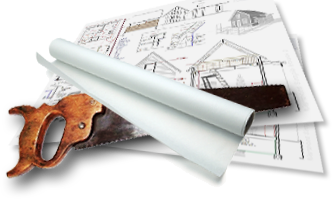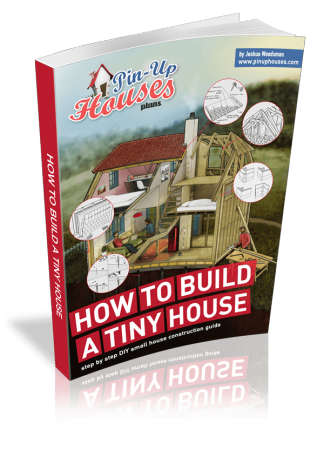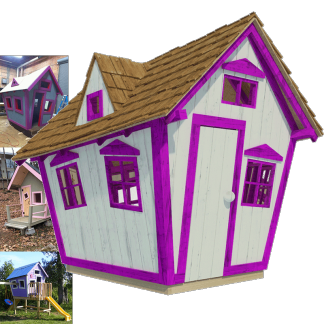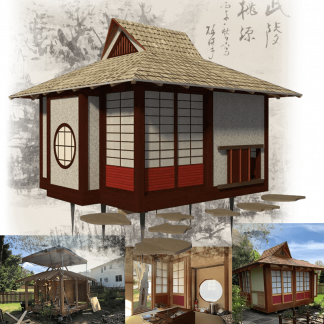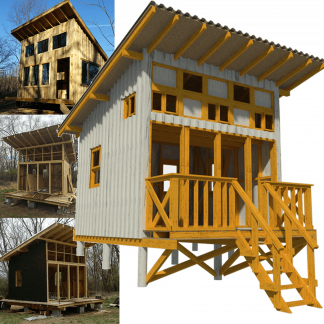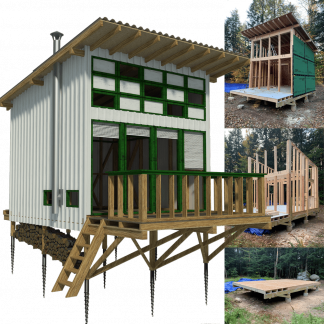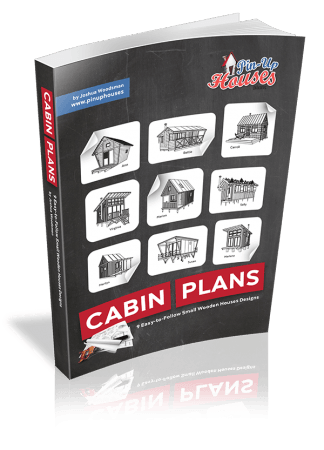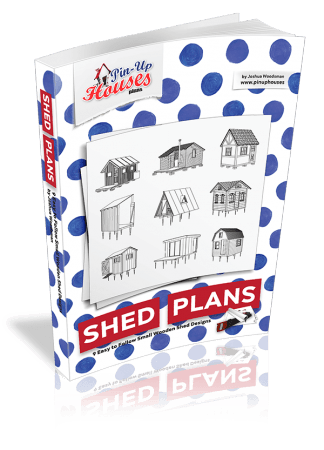Designing a home is one of the most significant investments a family can make. The floor plan you choose doesn’t just determine square footage or room count — it defines how you experience daily life, how spaces interact with one another, and even how your property will be valued in the long term. With countless layouts available today, from open-concept single-story ranches to modern two-story estates, the decision can feel overwhelming. Yet, with a thoughtful approach, it’s possible to identify a plan that balances beauty, function, and future flexibility.
Exploring professional house plans with blueprints is often the most effective way to start. Blueprints provide clarity on proportions, structure, and circulation, helping you see beyond marketing images into how a home will actually function once built.
 Understanding the Foundation of a Good House Plan
Understanding the Foundation of a Good House Plan
At its core, a house plan is more than a visual sketch — it is a detailed roadmap that aligns design aspirations with practical realities. A well-prepared plan considers zoning regulations, site constraints, energy efficiency, and lifestyle priorities. For example, a family with young children might value proximity of bedrooms, while a multi-generational household could prioritize a ground-floor suite with private access.
Expert plans also anticipate structural and engineering requirements, ensuring that the beautiful design on paper can be translated into a safe, code-compliant structure. Without this level of foresight, homeowners risk delays, redesigns, and increased construction costs.
Common House Plan Categories
 Single-Story Plans
Single-Story Plans
Single-story layouts are often favored for their accessibility, efficient circulation, and connection to outdoor living. They work especially well on wide suburban lots, allowing wings for bedrooms, offices, and entertainment spaces.
Two-Story Plans
Two-story homes maximize vertical space, often combining social areas like the kitchen and living room on the ground floor with private bedrooms above. They are ideal for smaller lots where maximizing square footage without expanding the footprint is essential.
Split-Level & Sloped-Lot Plans
On challenging topography, split-level designs allow the home to follow the land’s natural grade. This can minimize costly grading work while creating dynamic interior zones that maintain a single-story feel in key areas.
Luxury & Specialty Plans
High-end homes often integrate bespoke spaces such as wine cellars, wellness rooms, or libraries. In these cases, the house plan must carefully account for HVAC zoning, acoustics, and specialized structural needs.
Site Considerations That Shape House Plans
The lot itself plays a defining role in shaping the right design.
- Narrow lots often require creative layouts, such as L-shaped or courtyard houses, to maximize light and privacy.
- Corner lots provide more frontage, allowing for dramatic facades and flexible garage placement.
- Coastal properties must incorporate resilience to wind, salt exposure, and view optimization.
- Hillside lots demand geotechnical studies, stepped foundations, and careful structural coordination.
An experienced architectural team ensures that house plans integrate seamlessly with the site rather than fighting against it.

The Role of Blueprints in Decision-Making
While marketing brochures and 3D renderings provide inspiration, blueprints are where the real decisions take shape. They define wall thicknesses, ceiling heights, mechanical layouts, and structural systems. Reviewing house plans with blueprints allows homeowners to:
- Visualize circulation and furniture placement before construction.
- Identify potential challenges such as awkward room proportions.
- Ensure compliance with building codes and engineering standards.
- Request adjustments early, avoiding costly change orders during construction.
Blueprints transform abstract ideas into precise, buildable documents, bridging the gap between design intent and construction reality.
 Balancing Aesthetics with Functionality
Balancing Aesthetics with Functionality
Every successful home design strikes a balance between beauty and practicality. A floor plan may look impressive but fail in day-to-day living if circulation is inefficient or spaces lack natural light. Conversely, a purely functional layout may feel uninspiring without architectural character.
Expert house plans weave these aspects together: thoughtful window placement ensures both aesthetics and energy efficiency; open kitchens double as social hubs without compromising storage; flexible rooms adapt as family needs change. The best homes are those that remain timeless in both appearance and usability.
Energy Efficiency and Sustainability in Modern House Plans
Sustainability is no longer optional — it’s expected. Contemporary house plans integrate energy modeling, daylight analysis, and advanced building envelopes. Title 24 in California, for instance, requires homes to meet stringent energy standards, influencing everything from window placement to HVAC zoning.
Incorporating these strategies at the planning stage reduces long-term operating costs and increases property value. Homeowners now view sustainability not only as an environmental responsibility but as a financial advantage.
Working with Professionals: From Vision to Permit
A house plan is the beginning, but turning it into a home requires expert collaboration. Architects, engineers, and consultants all play vital roles:
- Architects translate lifestyle goals into functional design.
- Structural engineers ensure stability and safety.
- MEP consultants handle mechanical, electrical, and plumbing systems.
- Permit specialists navigate city requirements, zoning restrictions, and plan check corrections.
This multidisciplinary process ensures that a chosen house plan isn’t just beautiful but fully buildable within budget and local regulations.

Why the Right House Plan Matters More Than Ever
In 2025, market dynamics are reshaping the way homeowners approach design. Interest rates are stabilizing, municipalities are streamlining permitting, and demand for thoughtfully designed homes continues to grow. Selecting the right house plan now positions homeowners to create properties that are not only functional but also resilient, sustainable, and highly marketable.
With expert guidance and access to detailed house plans with blueprints, you can move forward with confidence, knowing that your design decisions today will stand the test of time.

